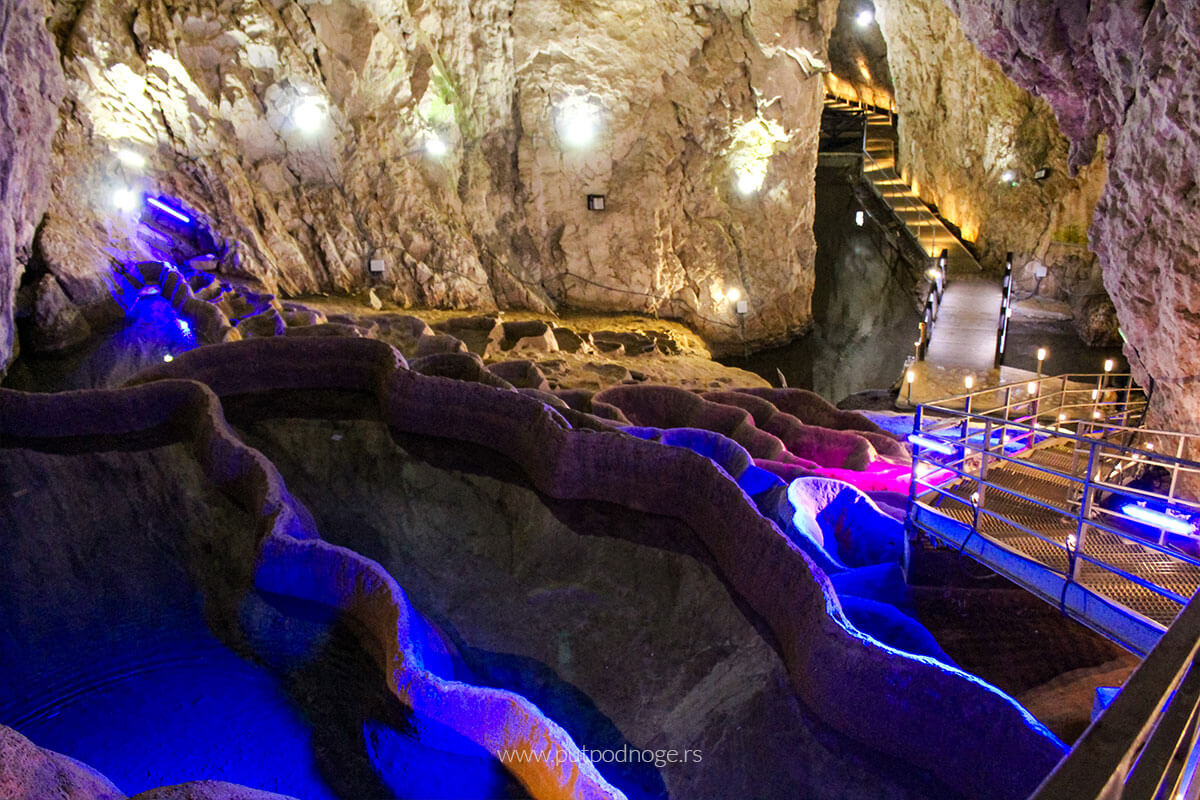
Under the Stone Arch – Stopića Cave, a Speleological Marvel of Zlatibor
Once I read that Serbia is home to around 1,500 caves, yet only about fifteen are developed and open to visitors. Among them, Stopića Cave holds a special place—not only because of its accessibility, but also for the natural spectacle that greets you at the very entrance.
For me, this wasn’t the first encounter with the cave, but every visit is equally awe-inspiring. Springtime in Zlatibor and the limestone cliffs are simply calling to be explored—because where there is limestone, there are caves, springs, canyons, and peculiar shapes carved only by water and time.

Stopića Cave is more than just a cave. It’s an entire underground world, shaped over thousands of years. Every drop of water, every stone, every silent echo of the Trnavski Stream is etched into its halls. And although its walls are bare—without much cave “jewelry”—it is rich in its own, unique way. That’s why I always love coming back.


The cave entrance – First encounter with grandeur
The entrance to Stopića Cave is one of the largest in Serbia—18 meters high and between 30 and 40 meters wide. Located at an altitude of 711 meters, it immediately signals that something special awaits inside. You can feel the temperature drop the moment you step in, so be sure to bring a jacket or something with long sleeves, even in summer.
Guided tours are the only way to visit the cave. Our guide, an engineer by profession, returned to this place out of love for the region and a desire to continue his family’s tradition—his father was one of the first people involved in developing the cave for tourism. The entire team working here today comes from nearby hamlets, which adds an authentic, local spirit to the experience.


Cave wonders: Travertine pools and the “dog cemetery”
Stopića Cave is an active river cave through which the Trnavski Stream flows. It consists of five sections: the Light Hall, the Dark Hall, the Hall with Tubs, the Tub Canal, and the River Canal. The first four are accessible to visitors, while the River Canal remains closed to the public.
At the very beginning, on the left side of the entrance, there’s an unusual rock formation—a scree cone known as the “Dog Cemetery.” It owes its name to a strange local custom: villagers used to throw deceased animals through a natural shaft in the cave ceiling (called a “vigled”). During an exploration in 1984, mummified remains of dogs were discovered here, further confirming local legends.

But the true natural wonder of the cave is its travertine tubs—natural limestone basins carved into the slope, formed by calcium carbonate deposits dating back to the Triassic period. Some are up to 12 meters long and 7 meters deep. Water collects and overflows between them in cascades, creating a stunning effect of stone terraces. During our visit, the tubs weren’t full, but that didn’t lessen their impact—they looked as though they had been sculpted with the care of an artist.

“Source of Life” – The underground waterfall
Deep inside the cave is a nearly 10-meter-high waterfall known as the “Source of Life.” Its thunderous roar echoes through the Dark Hall, while the falling water glistens under soft, subtle lighting. It’s one of those moments where everyone stops, goes silent, and simply watches.
Although the cave isn’t rich in traditional formations like stalactites and stalagmites, what sets it apart is its sheer scale, flowing water, and the play of light. In the Dark Hall, where the ceiling height reaches 25.5 meters, it feels as though you’re standing in an underground temple.

Following the trails of history and science
Stopića Cave has been known since the early 20th century. It was first mentioned by the Serbian Geological Society in 1901 and was later studied in more detail by Jovan Cvijić between 1909 and 1913. In the 1980s, speleologists from the Czech Republic were the first to fully explore the interconnected system of the cave, Trnavski Ponor, and Pećinica.
The cave has been under state protection since 2005 as a natural monument of exceptional importance. Since 2009, it has been developed for tourist visits. Trails, lighting, and facilities have been installed, and in 2018, the entire complex was further renovated.

How to get there?
The cave is located 19 km from the center of Zlatibor, between the villages of Rožanstvo and Trnava. It’s accessed via the local road Zlatibor–Sirogojno, followed by a well-maintained pedestrian path about 300 meters long, leading from the parking lot to the impressive cave entrance. As you approach, you’re accompanied by the gentle sound of the Prištavica River—a fast mountain stream that once powered the mills of local villagers.
The road is simple, fully paved, and well-marked, so even if it’s your first time in Zlatibor, you’ll have no trouble finding it.
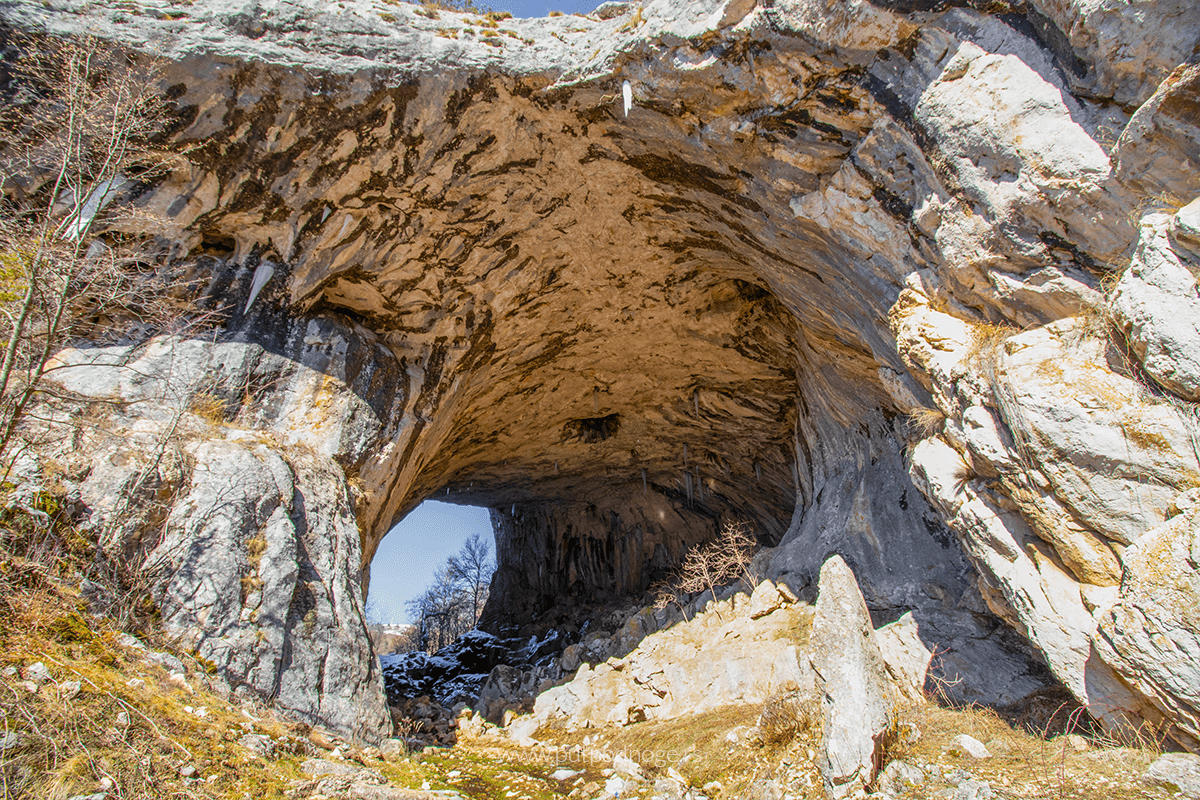
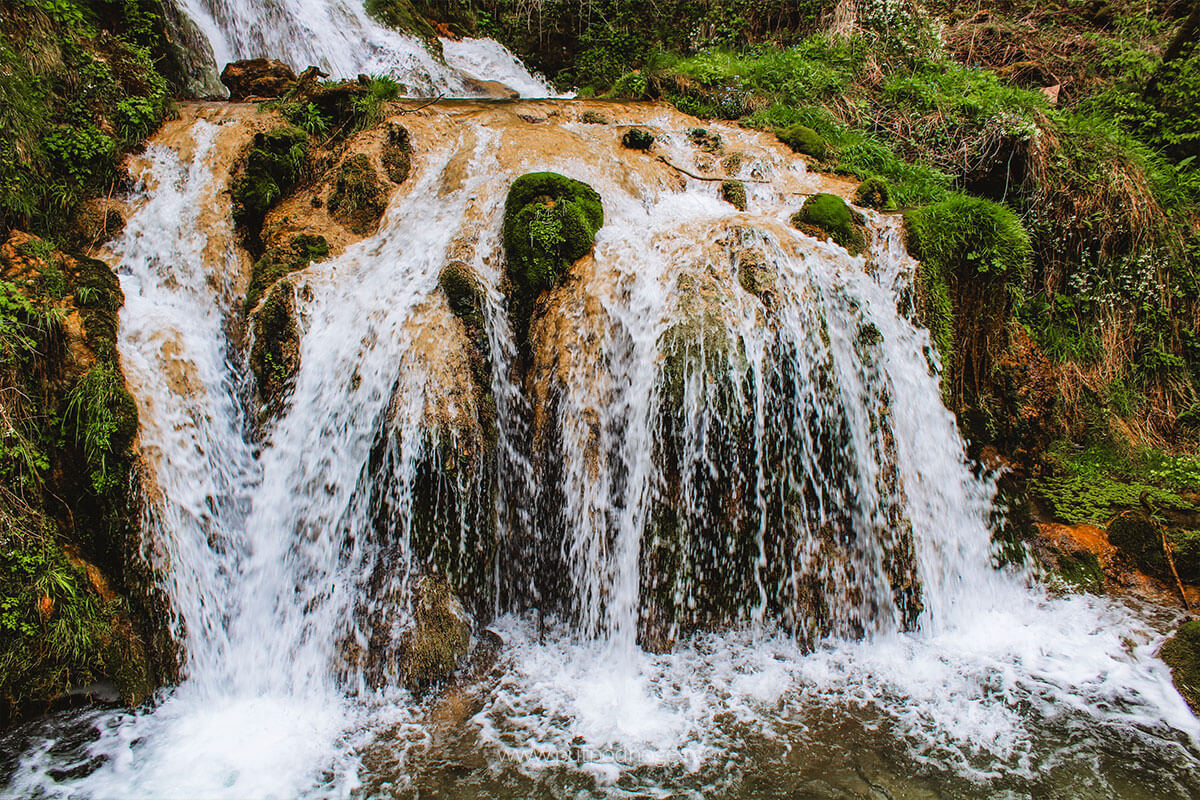
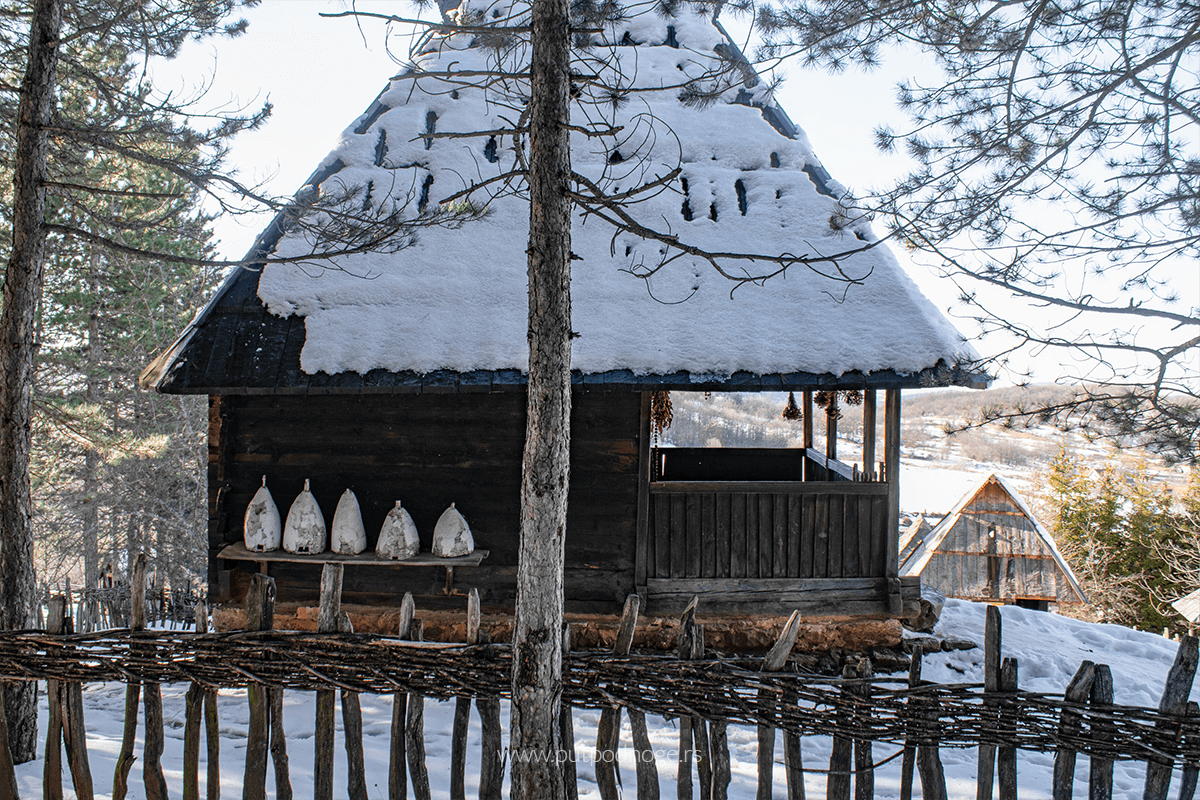
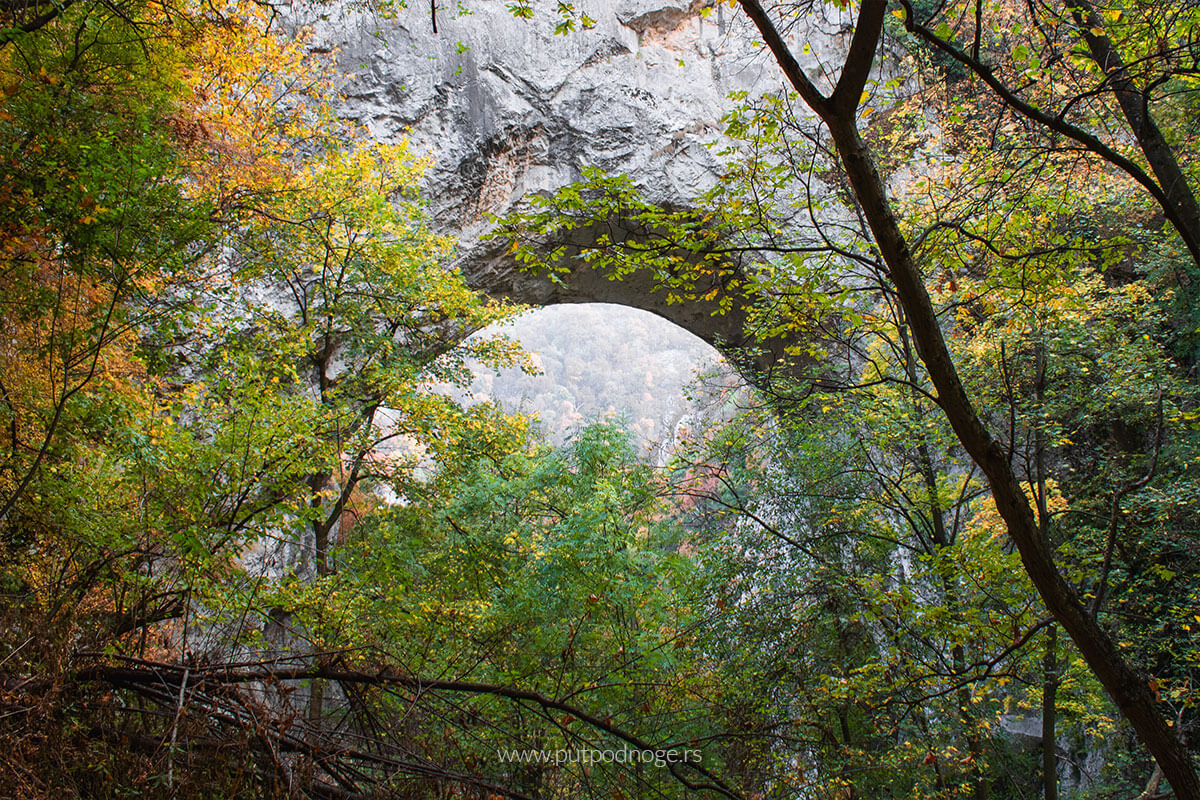
Leave a Reply